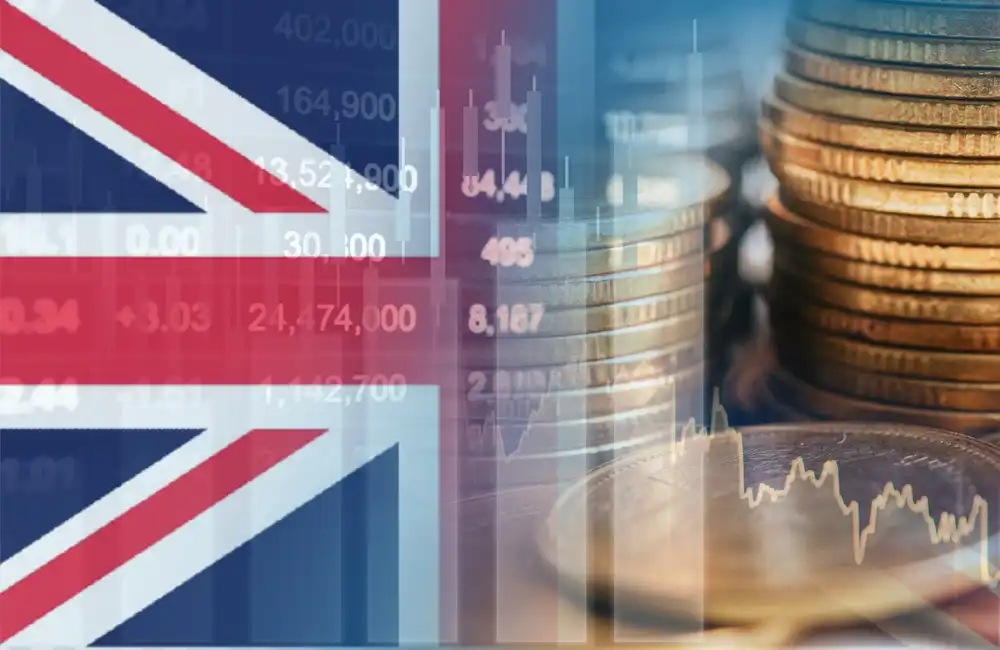A New Peak for the Precious Metal
Gold confirmed its safe-haven asset status by jumping nearly 3% to reach its highest value of $3,177.50 per ounce on April 10, 2025. A weakening U.S. dollar and rising U.S.-China trade tensions have driven investors worldwide to seek refuge in gold. The recent increase in gold prices demonstrates its continuous attraction as a reliable store of value amid economic and geopolitical instability.
What factors contribute to this dramatic rally, and what consequences does it have for investors and worldwide economic conditions?
Tariff Wars Fuel Market Uncertainty
The ongoing trade conflict between the U.S. and China has produced significant uncertainty in global markets, leading investors to seek refuge in gold. The latest events have pushed global tensions to levels never seen before. President Donald Trump implemented a 145% tariff on Chinese goods on Wednesday, adding to the substantial tariffs already placed. Beijing responded quickly by placing an 84% tariff on American products while promising to "fight to the end."
The reciprocal tariff strategy between countries has generated alarm regarding an imminent global trade deceleration. Companies across the Pacific region face increased expenses, leading some enterprises to suspend their investment strategies. Major global indices experienced notable declines on Thursday, with the S&P 500 and Dow Jones among those affected by the ripple effects. Investors turned to gold as a protective measure against market instability because they feared extended market turbulence.
Insights into Market Volatility
Financial analysts agree that gold is becoming more attractive because stock markets struggle with trade-related challenges. Nikos Tzabouras from Tradu.com described the current trend by explaining how gold returns to its role as a safe-haven asset while moving toward new record prices. Despite ongoing tariff disputes, gold prices should benefit from central bank acquisitions and ETF inflows.
Currency Decline Boosts Gold Appeal
Gold’s rally story depends on understanding how the U.S. dollar functions in the market. This week, the dollar index lost over 1% of its value versus other currencies because of unexpectedly low U.S. consumer price data from March and concerns about possible Federal Reserve rate cuts.
Understanding the Dollar-Gold Relationship
The value of gold moves in the opposite direction to that of the U.S. dollar. International buyers find gold more appealing when the dollar weakens because gold prices in foreign currencies become lower. The recent dollar's decline in value has intensified this effect, pushing gold prices higher. Market participants believe the Federal Reserve will implement a full percentage point rate cut before year-end, weakening the dollar.
Investors find opportunities in gold because a weaker dollar enables gold to function as protection against fluctuations in dollar value and inflation risks from price increases due to tariffs.
Shifting Portfolios in Uncertain Times
Investor sentiment experienced substantial changes due to ongoing trade tensions and the weakening dollar. Many investors are moving away from equities and bonds to invest in gold and other precious metals.
How Are Other Markets Reacting?
Major market indices like the S&P 500 and the Nasdaq composite experienced significant drops during equities' recent sharp decline.
The demand for relatively safer government debt has risen, putting pressure on Treasury yields due to mounting uncertainties.
Investors are cautious with their other market investments but hold positive expectations for gold’s upcoming performance.
Implications for the Global Economy
The rise in gold prices affects more than just personal investment portfolios. Elevated prices can create a chain reaction that involves the broader global economy.
Economic Stability and Central Bank Policy
Prolonged elevated gold prices are a warning sign of broader economic instability, which compels central banks and policymakers to intervene. Gold reserve accumulation by various nations to reduce their reliance on the dollar continues and will grow stronger. Extended trade uncertainty might result in restricted liquidity conditions, depressing consumer confidence, and reducing global trade volumes.
The Long-Term View
The prevailing market direction positions gold as the preferred asset, yet analysts express concern regarding excessive optimism. Gold’s upward trend may face resistance if trade negotiations between the U.S. and China progress or if the Federal Reserve reduces expectations for aggressive rate cuts. Central banks' increasing demand for gold indicates that its strategic importance remains strong.
Golden Opportunities or Cautionary Tales?
Gold prices climbed close to 3% because of stronger trade tensions between the U.S. and China and a declining U.S. dollar, which signals a wider change in how investors think. During times of increased economic uncertainty, investors turn to gold as their preferred safe-haven asset to protect their wealth, which has drawn substantial attention from central banks, individual investors, and investment funds.
Gold prices will probably be influenced by upcoming political events, economic data releases, and central bank decisions. Investors must maintain vigilance while balancing their optimism with cautious analysis as market dynamics change.


















